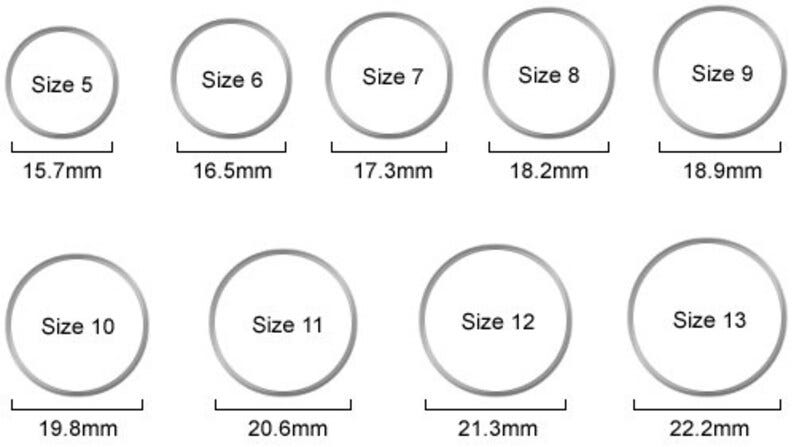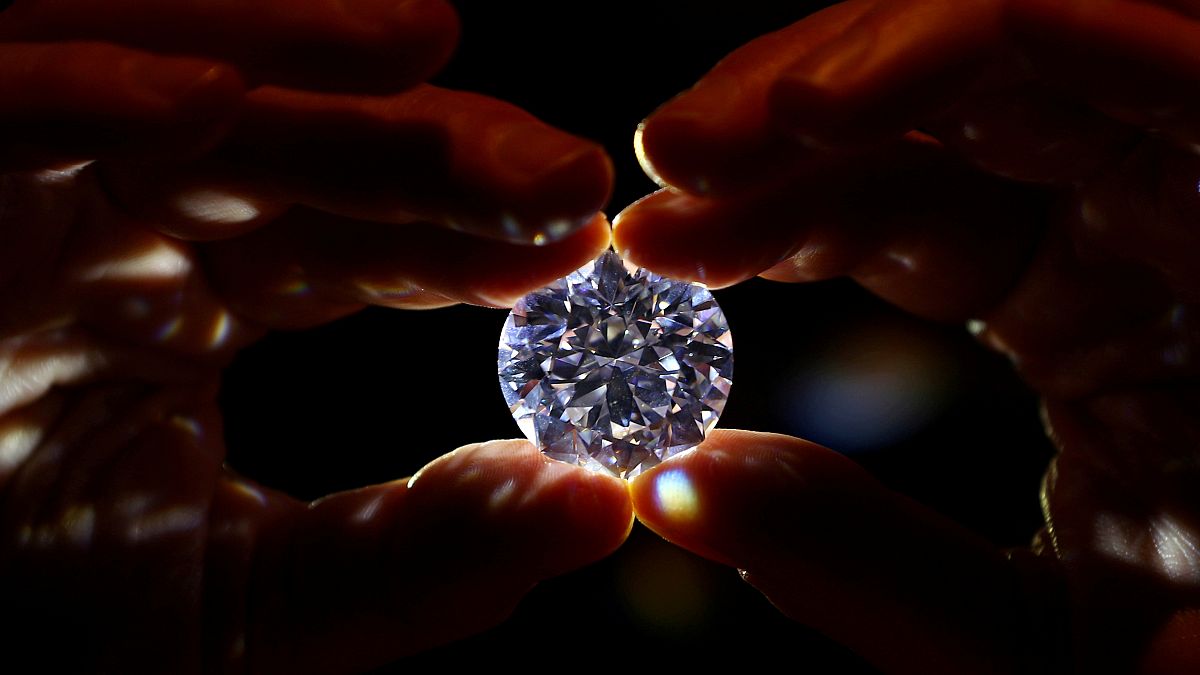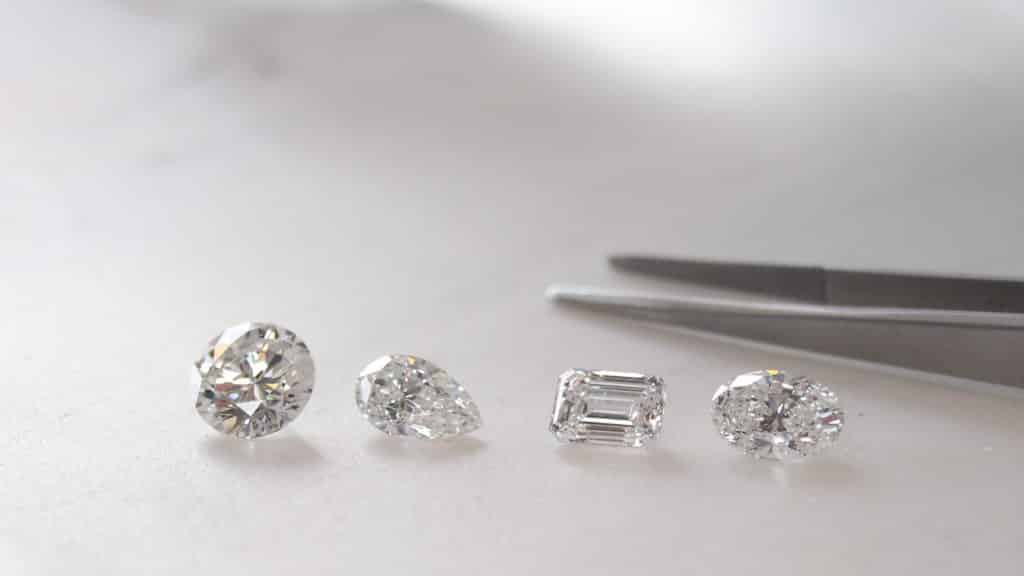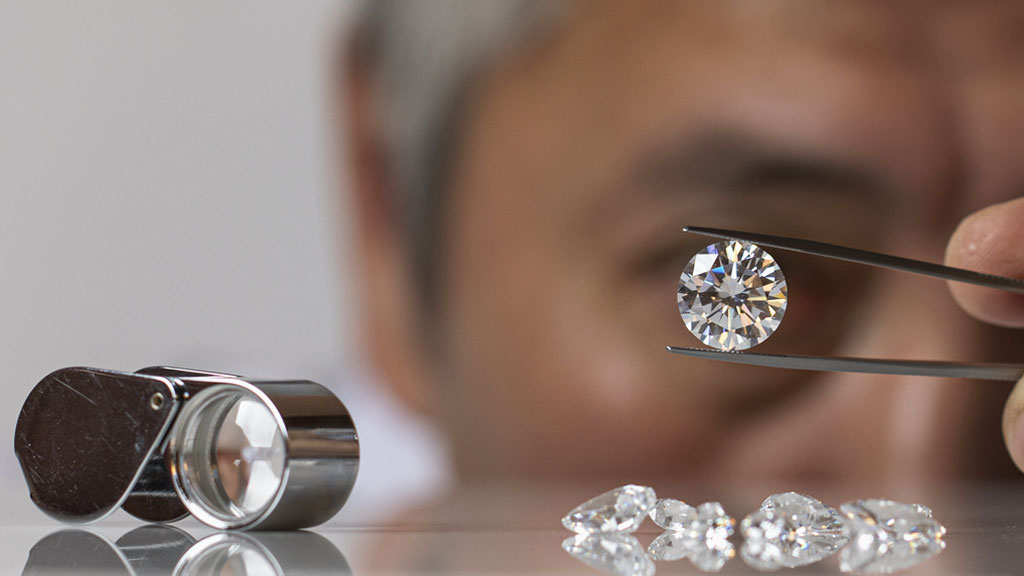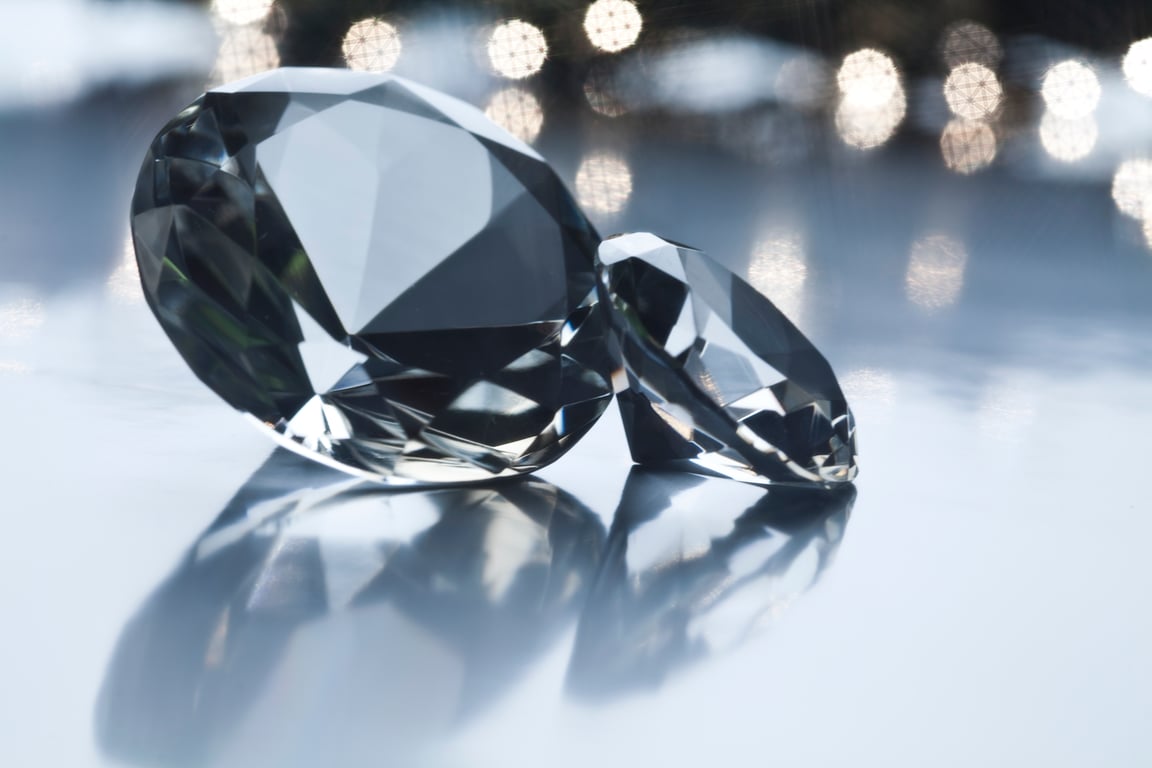

Introduction
Diamonds have long been a symbol of luxury and romance, but today’s buyers are faced with a choice between traditional mined diamonds and modern lab-grown alternatives. As technology advances and environmental concerns rise, understanding the differences between these two options is more important than ever. In this guide, we’ll delve into the formation, benefits, and drawbacks of both mined or lab grown diamonds to help you make an informed decision.
What Are Mined Diamonds?
Mined diamonds are the classic choice and have been prized for their rarity and brilliance for centuries. But what exactly makes them so special?
The Formation Process
Mined diamonds are formed naturally deep within the Earth’s mantle under extreme pressure and temperature conditions. Over billions of years, carbon atoms bond in a crystal structure, resulting in the dazzling gemstones we adore. This process involves geological movements that bring these diamonds closer to the Earth’s surface, where they can be discovered.
Mining Methods
The extraction of these natural treasures is no small feat. There are several mining techniques used to unearth diamonds, each with its environmental and economic implications.
Open-Pit Mining
In open-pit mining, large pits are dug to access the diamond-bearing ore. This method can be efficient but has a significant environmental footprint, involving habitat destruction and large amounts of waste material.
Underground Mining
Underground mining involves creating tunnels and shafts to reach deeper deposits. This method tends to have a lesser environmental impact on the surface but poses risks to miners and requires complex machinery.
Environmental Impact
The environmental impact of diamond mining is considerable. It can lead to habitat destruction, water contamination, and large carbon footprints. Many mining companies are working towards more sustainable practices, but the impact remains a concern.
Cost and Value
Mined diamonds are typically more expensive due to their rarity and the extensive resources required to extract them. Their value is also influencedfactors like the 4 Cs (carat, cut, color, clarity) and market demand.
What Are Lab-Grown Diamonds?
Lab-grown diamonds are an innovative alternative that has been gaining popularity in recent years. These diamonds are created in controlled environments using advanced technology.
The Creation Process
Lab-grown diamonds are madereplicating the natural conditions under which diamonds form. This is achieved through two primary methods: High Pressure High Temperature (HPHT) and Chemical Vapor Deposition (CVD).
Types of Lab-Grown Diamonds
Understanding the methods behind lab-grown diamonds can give you insight into their quality and characteristics.
High Pressure High Temperature (HPHT)
HPHT diamonds are createdmimicking the high-pressure, high-temperature conditions of the Earth’s mantle. This method involves placing a carbon source in a press that generates extreme pressure and temperature to form diamonds.
Chemical Vapor Deposition (CVD)
CVD diamonds are formedusing a gas mixture in a vacuum chamber. The gases react to form a diamond crystal on a substrate. This method allows for precise control over the diamond’s characteristics.
Environmental Benefits
One of the major advantages of lab diamonds is their reduced environmental impact. They require less energy and do not involve destructive mining practices. This makes them an attractive option for eco-conscious buyers.
Cost and Value
Lab-grown diamonds generally cost less than mined diamonds due to the lower cost of production and the absence of mining expenses. However, their value is still influencedthe 4 Cs, and they can offer great value for money.
Comparing Mined and Lab-Grown Diamonds
When choosing between mined and lab-grown diamonds, it’s important to consider various factors to determine which suits your needs and values best.
Quality and Appearance
Both mined and lab-grown diamonds can be of exceptional quality, but lab-grown diamonds offer more consistency in color and clarity. Mined diamonds might have unique inclusions and variations, which some buyers find desirable.
Durability
In terms of durability, there is no significant difference between mined and lab-grown diamonds. Both types are equally hard and resistant to scratching, making them suitable for everyday wear.
Ethical Considerations
Lab-grown diamonds are often seen as a more ethical choice because they avoid the human rights issues associated with some diamond mining practices. Mined diamonds, however, have been subject to the “conflict diamond” issue, leading to efforts like the Kimberley Process to ensure ethical sourcing.
Price and Value for Money
Lab-grown diamonds are typically more affordable, allowing buyers to get a larger or higher-quality stone for their budget. Mined diamonds, on the other hand, often retain higher resale values and have a certain prestige associated with their natural origins.
Choosing the Right Diamond for You
Ultimately, the choice between mined and lab-grown diamonds depends on your personal preferences and values.
Personal Preferences
Consider what aspects are most important to you. If you value tradition and the allure of a natural gem, a mined diamond might be your choice. If you’re more concerned with sustainability and modern technology, a lab-grown diamond could be the way to go.
Budget Considerations
Lab-grown diamonds generally offer a more budget-friendly option, which can allow for a larger or higher-quality stone within the same budget. Mined diamonds may require more financial investment, but they can be seen as an investment in their own right.
Long-Term Value
Think about the long-term value. While lab-grown diamonds are a cost-effective choice, mined diamonds may hold value better over time. However, lab-grown diamonds are becoming more accepted and valued as their technology advances.
Conclusion
Choosing between mined and lab-grown diamonds comes down to personal values, budget, and preferences. Both options offer unique benefits, from the traditional allure of natural diamonds to the ethical and environmental advantages of lab-grown gems. As you make your decision, weigh the factors that matter most to you, and remember that both types of diamonds can provide timeless beauty and significance.

